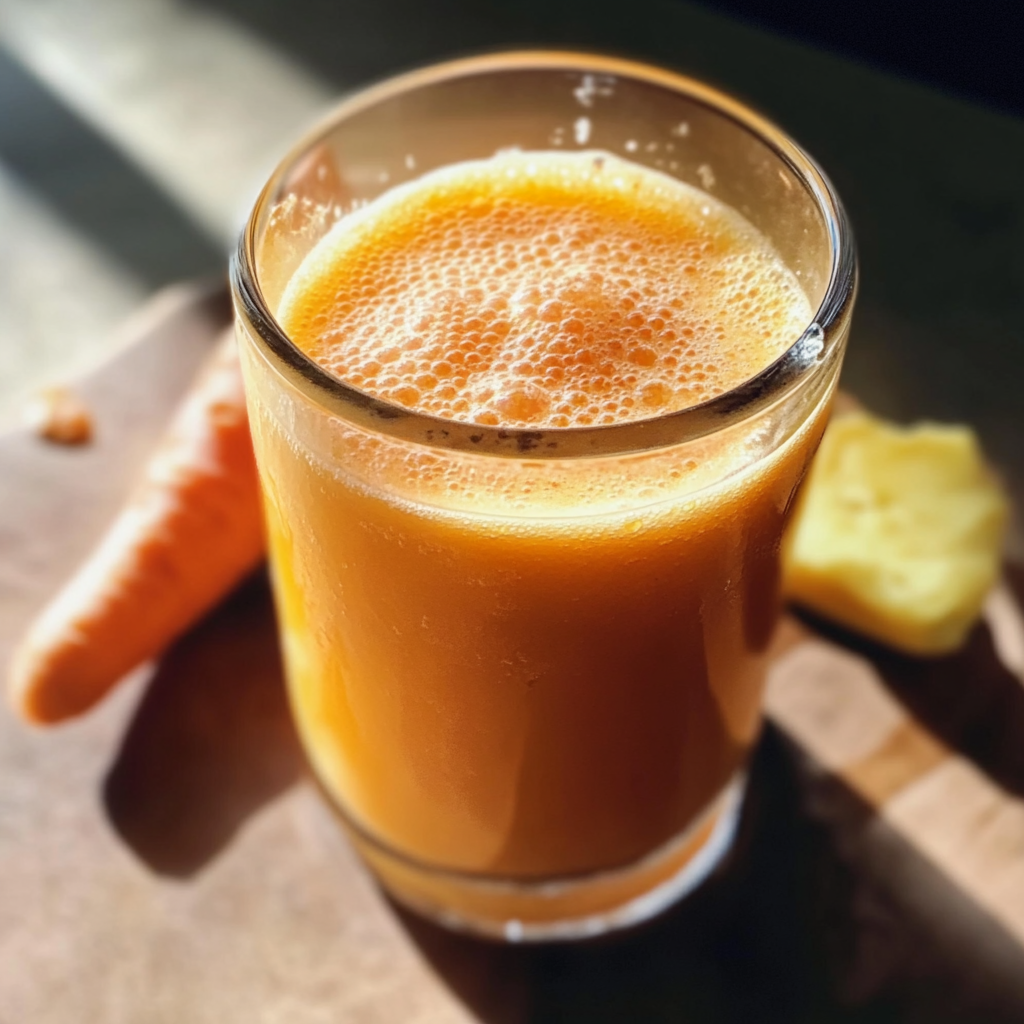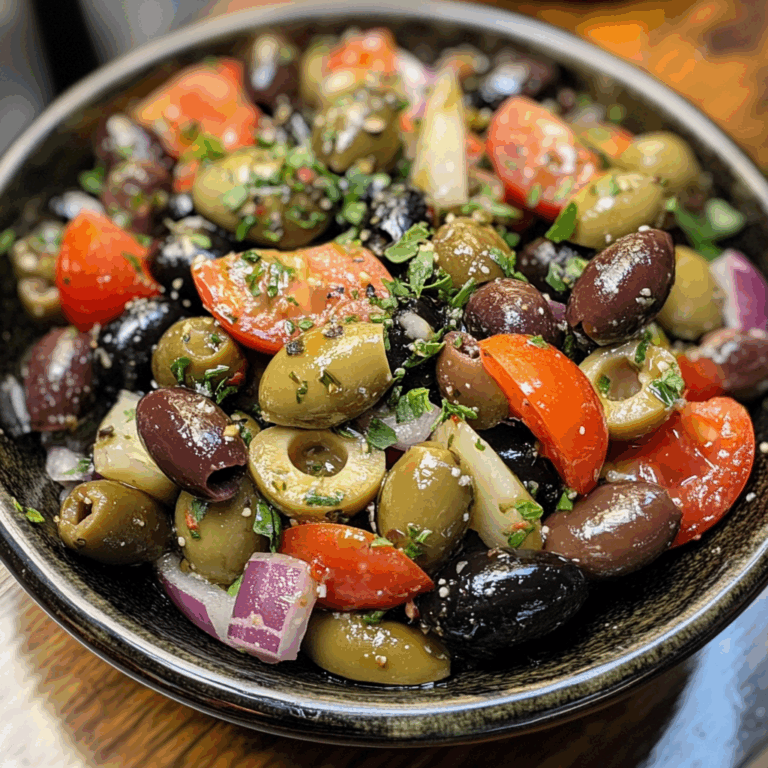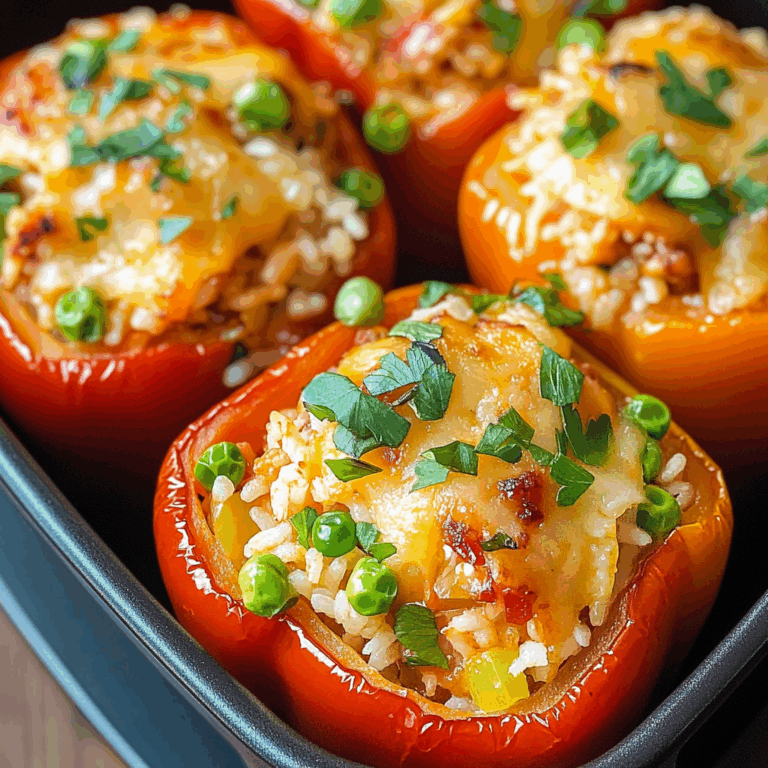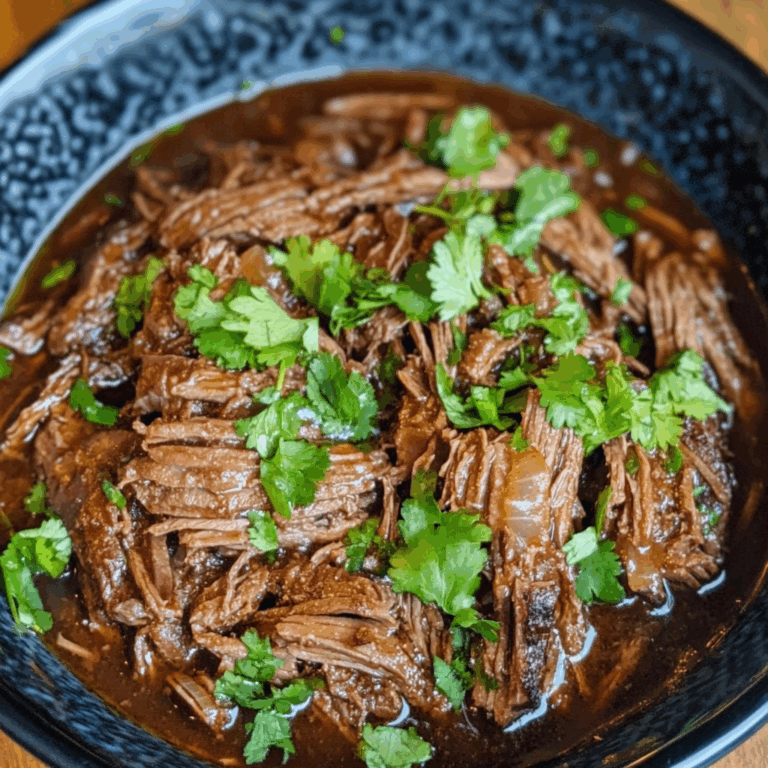Revitalizing Probiotic Juice: A Refreshing Gut-Healthy Elixir
Probiotic juices have been gaining significant popularity in recent years, and for good reason. These vibrant, tangy beverages not only tantalize the taste buds but also offer a wealth of health benefits, thanks to the inclusion of gut-friendly probiotic cultures. Imagine sipping on a refreshing elixir that can support your digestive system, boost your immune function, and leave you feeling invigorated – that’s the magic of probiotic juice.
Whether you’re a health-conscious foodie or simply looking to explore new and innovative ways to nourish your body, this comprehensive guide to making probiotic juice at home will inspire you to whip up a batch and experience the transformative power of this remarkable drink.
❤️ Why You’ll Love This Recipe ❓
Probiotic juices are not only delicious but also incredibly versatile. These vibrant beverages can be tailored to your personal taste preferences, making them a perfect fit for a wide range of dietary needs and lifestyle choices. From the tangy, fizzy kick of fermented fruits to the earthy, nutrient-dense goodness of vegetable-based blends, the possibilities are endless.
One of the standout features of probiotic juice is its ability to support a healthy gut microbiome. The live cultures present in these drinks can help replenish the beneficial bacteria in your digestive system, aiding in nutrient absorption, immune function, and overall well-being. Additionally, the natural sweetness and tangy notes provide a refreshing and satisfying alternative to sugary sodas or juices, making it easier to incorporate gut-friendly probiotics into your daily routine.
Beyond the health benefits, probiotic juices are also incredibly versatile. Whether you’re looking to enjoy a refreshing glass on its own, incorporate it into your favorite smoothie, or use it as a base for cocktails, this recipe offers endless possibilities to elevate your culinary experiences.
🛒 What You Need to Prepare Probiotic Juice ❓
• 1 cup of fresh, organic carrots (peeled and chopped)
• 1 cup of fresh, organic ginger (peeled and grated)
• 1 cup of fresh, organic kale (stems removed and chopped)
• 1 tablespoon of raw, unpasteurized apple cider vinegar
• 1 tablespoon of raw, unpasteurized honey (optional)
• 1 packet of probiotic culture (such as kefir or kombucha starter)
The beauty of this probiotic juice is that most ingredients are easily accessible, making it a convenient and budget-friendly option for those looking to incorporate more gut-friendly beverages into their diet. The combination of crisp apples, earthy carrots, zesty ginger, and nutrient-dense kale creates a vibrant, nourishing flavor profile that’s sure to delight your taste buds.
📝 How to Make Probiotic Juice Step-by-Step ❓
• Step 2: Chop the apples, carrots, and kale into manageable pieces, and peel and grate the ginger.
• Step 3: Add the chopped fruits and vegetables to a high-powered blender or juicer, along with the apple cider vinegar and honey (if using).
• Step 4: Blend or juice the ingredients until they reach a smooth, uniform consistency.
• Step 5: Pour the juice into a clean, airtight container and stir in the probiotic culture packet, making sure to incorporate it evenly.
• Step 6: Cover the container and let the juice ferment at room temperature for 24-48 hours, depending on your desired level of tanginess and effervescence.
• Step 7: Once the fermentation process is complete, transfer the probiotic juice to the refrigerator and chill for at least 2 hours before serving.
⏱️ Timing Overview
• Fermentation time: 24-48 hours
• Chilling time: 2 hours
• Total time: 26-50 hours
Compared to traditional fruit juices or smoothies, which can take up to 30 minutes to prepare, this probiotic juice recipe saves you significant time while delivering a unique and nourishing beverage.
👩🏻⚕️ Nutritional Information
Per serving (based on 4 servings):
• Protein: 2g
• Carbohydrates: 37g
• Fat: 0g
• Fiber: 6g
• Sodium: 10mg
These probiotic juices provide approximately 25% of your daily vitamin C requirements and 15% of your daily fiber needs, making them not just delicious but nutritionally valuable as well.
🔄 Healthier Alternatives for the Recipe
• Lower-carb version: Reduce the amount of apples and increase the proportion of vegetables, such as cucumber or celery.
• Dairy-free adaptation: Use a non-dairy probiotic culture, such as coconut kefir or vegan kombucha.
• Added protein: Blend in a scoop of plant-based protein powder or Greek yogurt for an extra boost of nutrients.
• Boost vegetables: Incorporate additional greens, such as spinach or parsley, for an even more nutrient-dense juice.
These modifications can reduce calories by up to 25% or adapt the recipe for specific dietary needs without compromising the fundamental flavor profile of the probiotic juice.
🍽️ Serving Suggestions
• Use as a base for a probiotic-rich smoothie, blending with your favorite fruits and leafy greens.
• Incorporate into cocktails or mocktails for a unique and gut-friendly twist on classic beverages.
• Drizzle over yogurt or granola for a healthy breakfast or snack.
• Create a vibrant and nourishing wellness shot by sipping a small portion of the juice.
❌ Common Mistakes to Avoid
• Improper fermentation: Allowing the juice to ferment for too long can lead to an overly tangy or even alcoholic flavor profile.
• Contamination: Ensure all equipment and containers are thoroughly cleaned to prevent the introduction of unwanted bacteria.
• Undercooling: Failing to chill the juice properly after fermentation can result in a less refreshing and less palatable beverage.
• Skipping the vinegar: The addition of apple cider vinegar helps to balance the sweetness and acidity, so don’t omit this important ingredient.
🧊 Storing Tips for the Recipe
These probiotic juices retain their quality remarkably well:
• Freezing: Freeze the juice in an airtight container or ice cube tray for up to 3 months. Thaw in the refrigerator before serving.
• Reheating: For a chilled serving, simply pour the juice over ice. If you prefer a warmer beverage, gently heat it on the stovetop or in the microwave, being careful not to overheat and destroy the probiotic cultures.
❓ FAQs
Can I make probiotic juice in advance?
Yes, you can prepare the probiotic juice in advance and store it in the refrigerator for up to 1 week. The fermentation process will continue during storage, so you may notice the flavor becoming more tart and effervescent over time.
Can I substitute the apples or carrots in this recipe?
Absolutely! The beauty of this probiotic juice recipe is its versatility. You can experiment with different fruit and vegetable combinations, such as pineapple, beets, or cucumber, to create your own unique flavor profile. Just be mindful that the substitutions may impact the overall sweetness and acidity of the final product.
Is this recipe suitable for a vegan or dairy-free diet?
Yes, this probiotic juice recipe can be easily adapted for vegan and dairy-free diets. Instead of using a traditional kefir or kombucha starter, opt for a plant-based probiotic culture, such as coconut kefir or vegan kombucha. These alternatives will still provide the beneficial probiotics without any animal-derived ingredients.
What should I do if my probiotic juice turns out too tart or fizzy?
If your probiotic juice ends up being too tart or overly fizzy, simply dilute it with a bit of water or unsweetened nut milk to balance the flavors. You can also try adding a touch more honey or a pinch of sea salt to tame the acidity and enhance the overall taste.
Can I add other ingredients to this probiotic juice recipe?
Absolutely! Feel free to experiment with additional fruits, vegetables, herbs, or even superfoods to customize the flavor and nutritional profile of your probiotic juice. Some delicious additions could include berries, citrus fruits, leafy greens, ginger, turmeric, or even a splash of coconut water.
Conclusion
These probiotic juices represent the perfect balance of convenience, flavor, and gut-nourishing benefits. Whether you’re serving them as a refreshing morning pick-me-up or an afternoon energizer, they’re sure to impress with their vibrant color, tangy taste, and effervescent texture. The versatility of this recipe allows for countless variations to suit your taste preferences and dietary needs.
With simple ingredients and straightforward preparation, these probiotic juices demonstrate that sophisticated flavors don’t require complicated techniques – just quality produce and a little bit of care in the fermentation process. So, why not start your journey towards a healthier, happier gut today by whipping up a batch of this revitalizing elixir?







